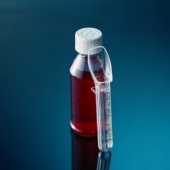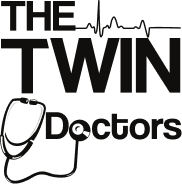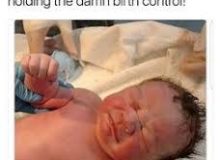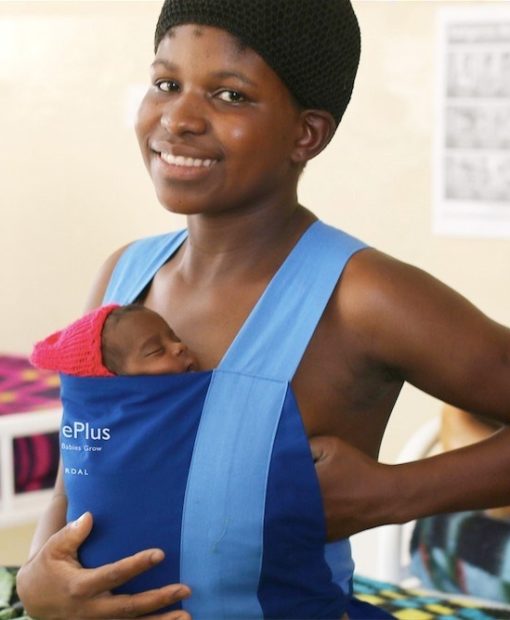Milliliter-Only Dosing Recommended for Kids’ Meds
 MONDAY, March 30, 2015 (HealthDay News) — Time to toss out the teaspoon and tablespoon when it comes to sick kids: The best way to measure liquid medications for children is in metric milliliters, a leading group of U.S. pediatricians says.
MONDAY, March 30, 2015 (HealthDay News) — Time to toss out the teaspoon and tablespoon when it comes to sick kids: The best way to measure liquid medications for children is in metric milliliters, a leading group of U.S. pediatricians says.
“Metric dosing is the most precise way to dose medications and prevent overdoses,” said Dr. Ian Paul, lead author of a new policy statement from the American Academy of Pediatrics.
Accidental medication overdoses send more than 70,000 children to U.S. emergency rooms each year, according to background information with the statement, which is published online March 30 in the journal Pediatrics.
Two common ways these overdoses occur are incorrect measurement of the medicine and using the wrong device to measure it out — giving a tablespoon instead of a teaspoon, for instance.
“There are increasing data that suggest that some dosing errors and overdoses occur when parents use spoons to dose medications,” said Paul, chief of academic general pediatrics at Penn State College of Medicine in Hershey.
“In fact, the 1975 American Academy of Pediatrics policy statement cited in the current report suggested that oral syringes were the best and most precise way to deliver accurate medication doses,” he added
This new policy statement goes further, recommending exclusive use of the metric system, specifically milliliters with the abbreviation mL.
“By the whole health care system adopting a single approach, the consistency will be of further benefit and more similar to how medications are dosed around the world, where metric dosing has been routine and standard,” Paul explained.
The switch, Paul said, is “based upon newer evidence suggesting this is both more accurate and less likely to cause large dosing errors.” He said most doctors are already familiar with metric dosing, but patients, parents and caregivers may need some instruction.
The biggest advantage to using only metric dosing is consistency and clarity, said Dr. Roy Benaroch, an assistant adjunct professor of pediatrics at Emory University in Atlanta.
“Medications and doctor visits with sick children can be confusing, and we ought to do what we can to make sure that instructions are clear, using consistent units that are the same on the label and the device used to measure,” Benaroch said.
Using only milliliters “eliminates at least some significant sources of dosing confusion and errors,” he added.
Currently, some over-the-counter medications include metric dosing instructions along with a measuring device marked in teaspoons, the academy noted.
Previous research has found that parents who use only milliliters when giving kids medicine make fewer errors than parents who use teaspoons or tablespoons, the statement said.
The statement outlined specific recommendations aimed at reducing errors that can result in an overdose.
In addition to using only milliliters, the academy recommends that units are dosed to the nearest 0.1, 0.5 or 1 mL and that no other abbreviation is used except mL. It also recommends that zeroes come before a decimal, such as 0.5, but that no zeroes come after the last number of a decimal. Both recommendations are designed to prevent caregivers from accidentally measuring out 10 times the prescribed dose.
The medication’s concentration should be clearly labeled on prescriptions along with non-abbreviated instructions on how frequently the medication should be given, the academy advises.
Parents may be less familiar with the metric system, so doctors should review the dosing with families when the medications are recommended, and pharmacies, hospitals and health centers should only print prescription labels with metric dosing and include an appropriate measuring device.
“The statement calls on places that dispense the medications — typically pharmacies — to provide an appropriate device,” Benaroch said. “These should be offered at no extra charge. Parents can reuse them to eliminate waste as long as they’re cleaned out well and their markings don’t rub off.”
Dosing syringes and cups should not have any markings other than mL and be close to the size of the recommended dose, the policy states.
Benaroch recommended that parents ask their doctor to write down or print out instructions rather than relying on memory to avoid errors.
“Also, write down when you’re giving the medication and what dose,” he said. “This is especially important when there are multiple caretakers.”
More information
The American Academy of Pediatrics talks about treating coughs and colds.

 March 30, 2015
March 30, 2015




 May 19, 2018
May 19, 2018 




